@n.almonte.studio
Artist BioNatalia Almonte (b.1988) was born in San Juan, Puerto Rico, and currently lives and works in Brooklyn, New York. Almonte an MA from Christie’s Education, New York, for Art History and the Art Market: Modern and Contemporary Art (2013), a Post-Baccalaureate from the School of the Museum of Fine Arts, Boston (2011), and a BA from Boston College for Studio Art and Italian (2010). While at Christie’s she received the Alumni Association Award for Contemporary Art Connoisseurship. Her solo and collaborative work has been shown at galleries in Puerto Rico such as Área: Lugar de Proyectos (2017), La Casa Ashford (2016) and Flight Cult (2015), and the Arnold and Sheila Aronson Gallery in New York (2018). Almonte co-founded Stripes Studio and Gallery in Tannersville, New York (2012-15). She was acknowledged for the aiding in the publishing of the monograph written by Elizabeth Frank, Karen Gunderson: The Dark World of Light(Abbeville Press, 2016).
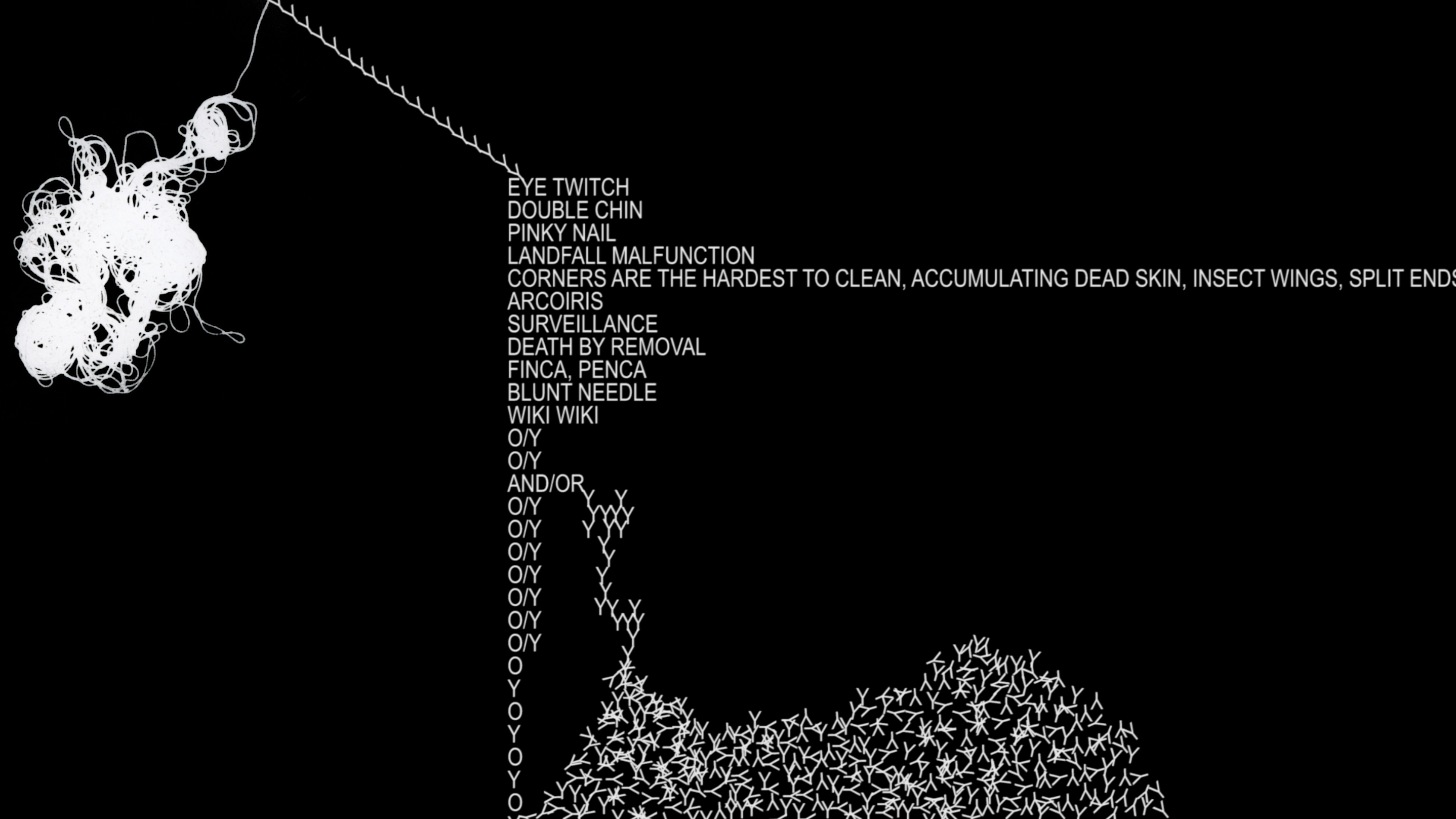
Y, 2019
Video - 1 minute 14 seconds

Infección Melancolonia, 2019
Video Installation
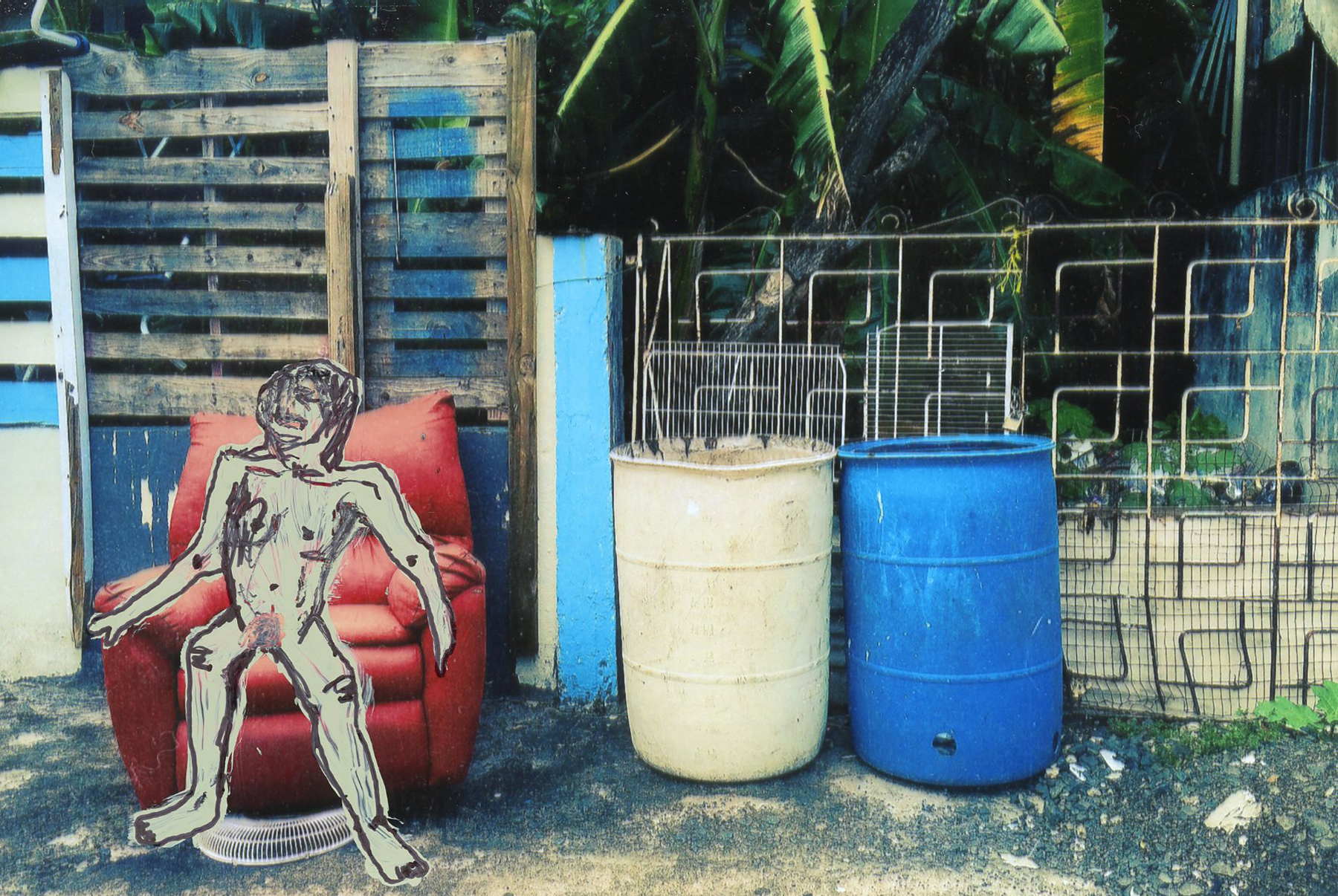
Tourist Taino, 2019
Video - 1 minute 37 seconds
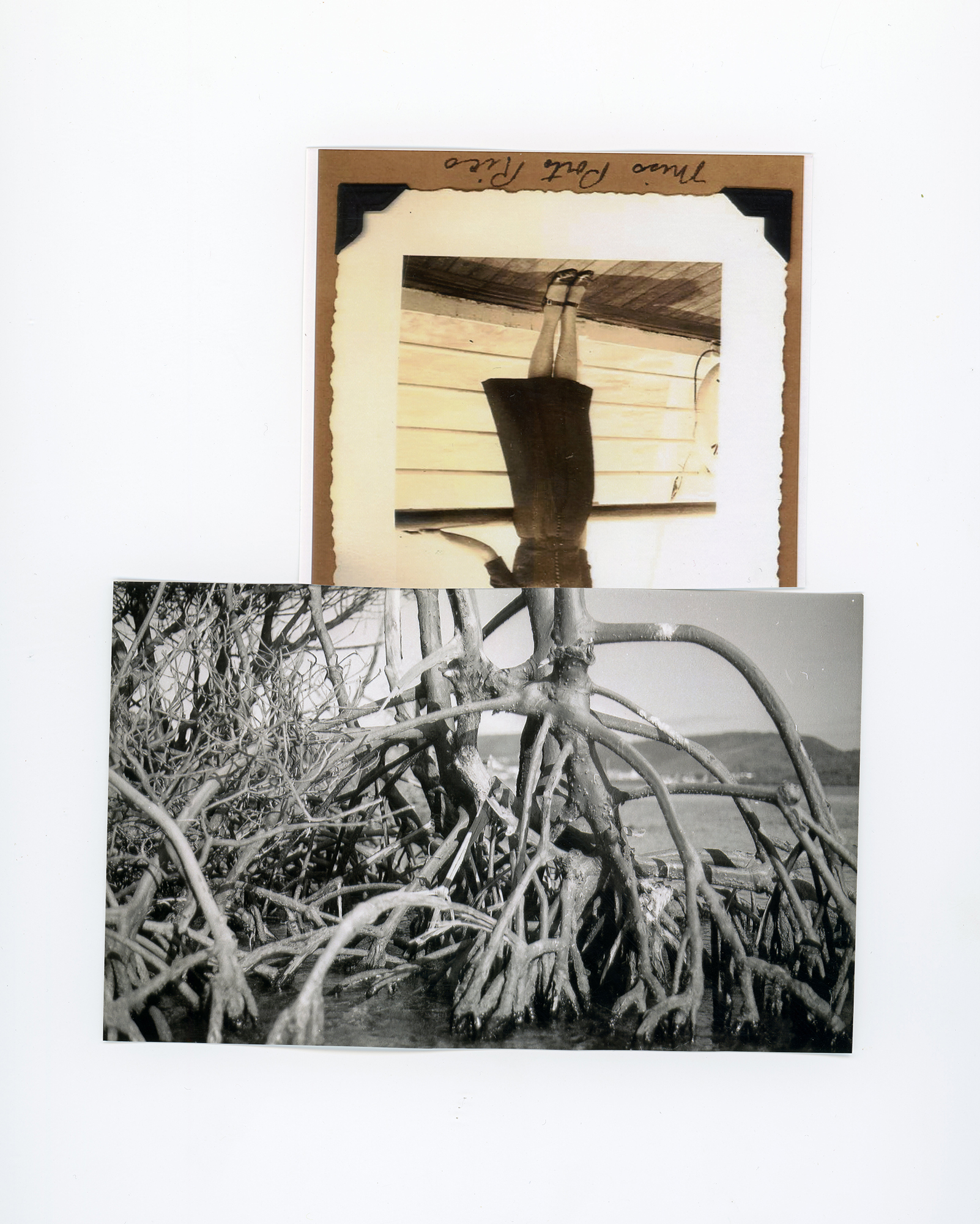
Miss Porto Rico, 2018
Scan of film photograph and found archival photograph, dimensions variable
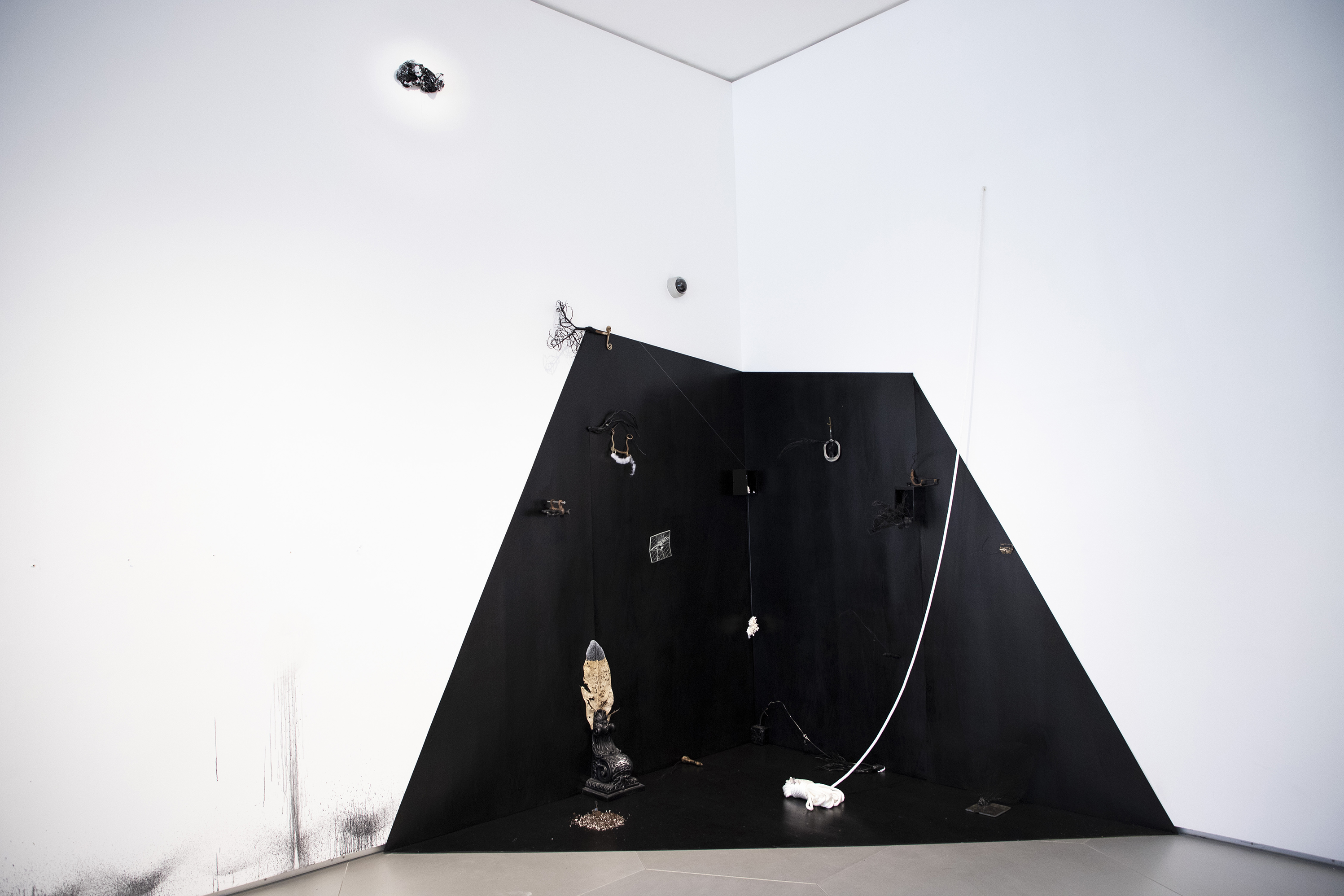
The Night Floats On The Water, 2018
Found hardware, tobacco leaf, sea plants, calcified algae, plastic, rope, string, glass, soil, wood, etc., dimensions variable

Untitled, 2018
Monotypes and clamp, 48 x 40 x 3 inches
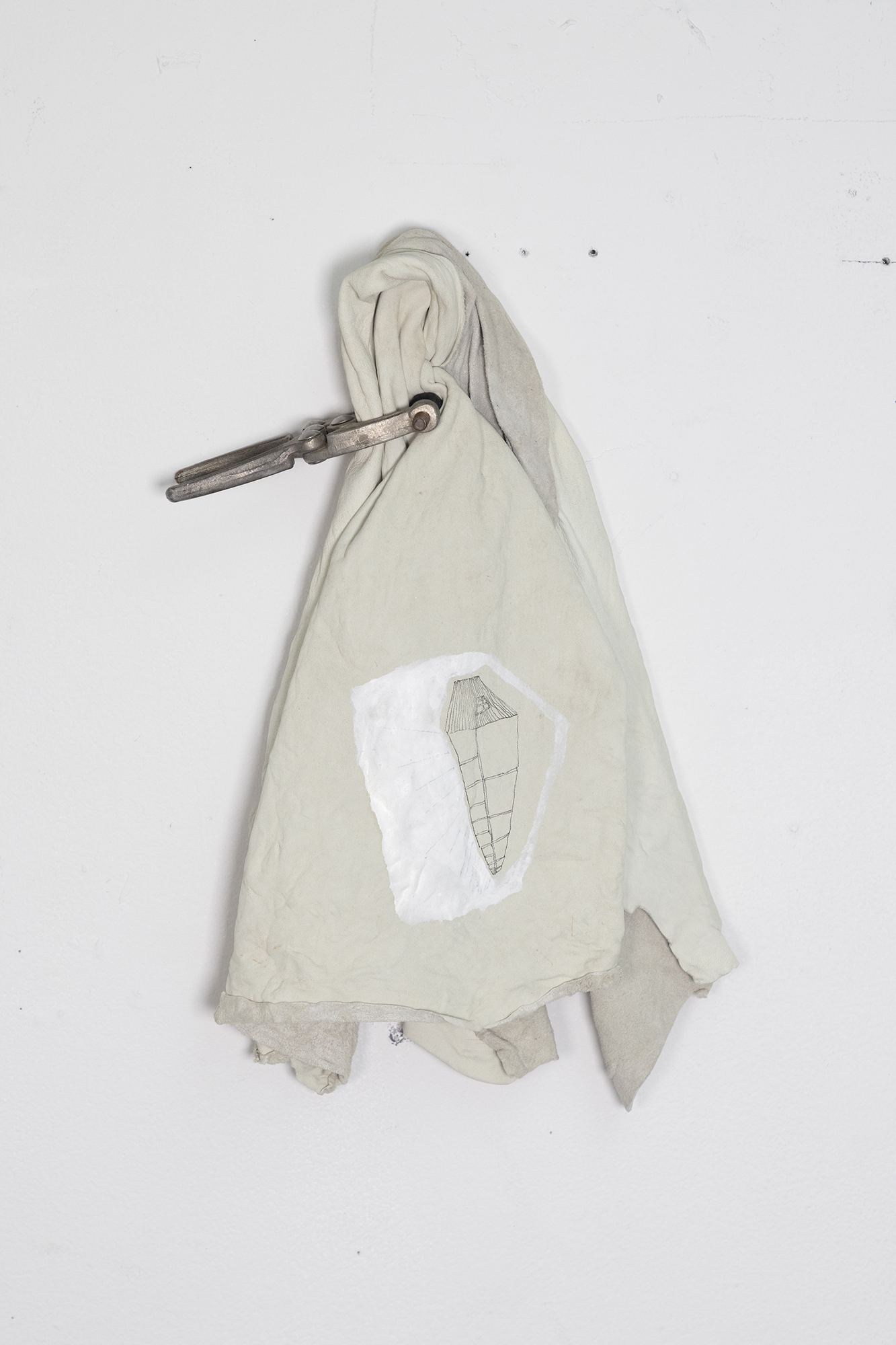
Pórtico Ataúd (musculatura), 2018
Ink, paint, leather, and clamp, 15 x 8 x 3 inches
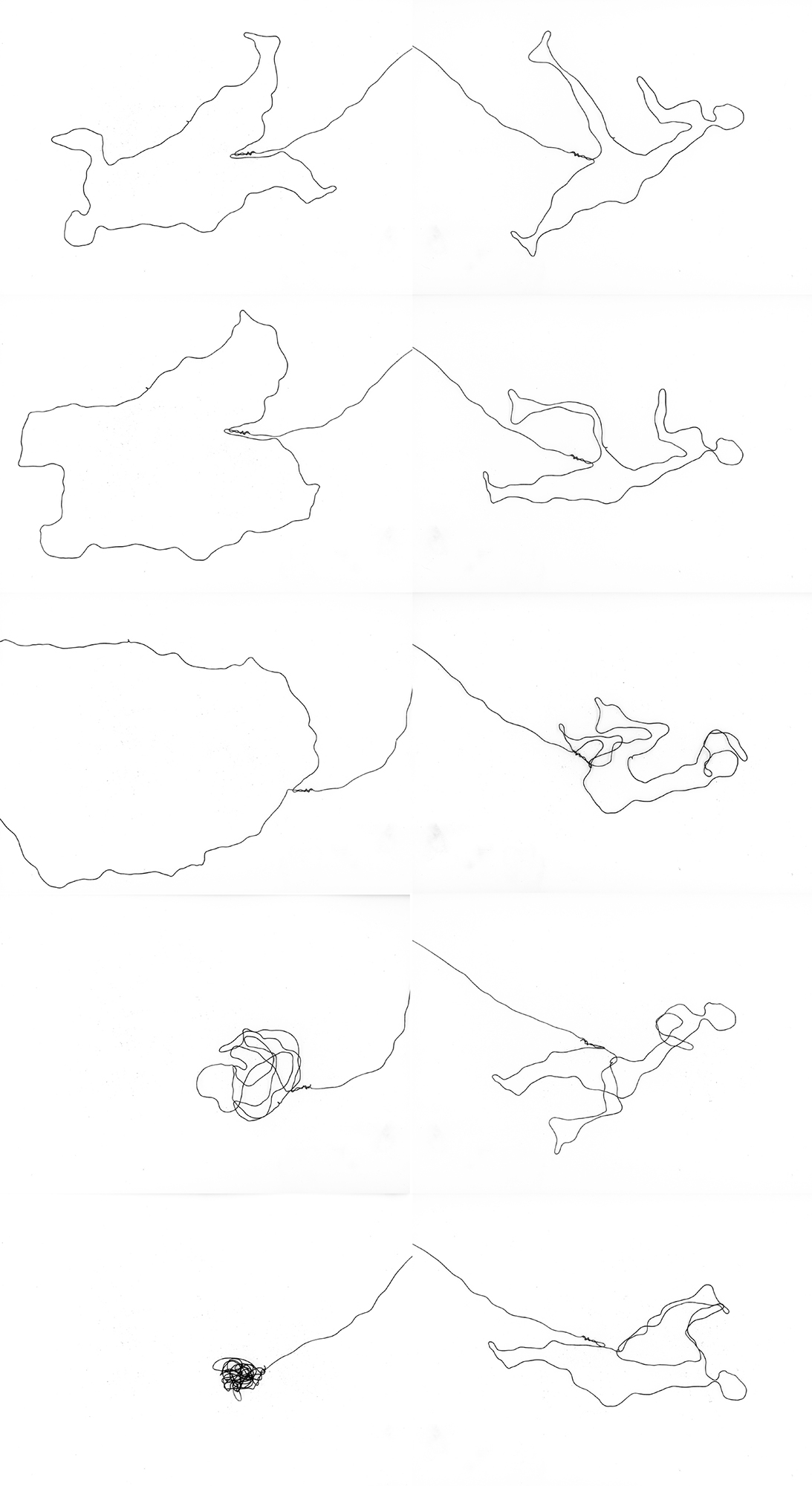
Tether, 2019
Steel wire, dimensions variable
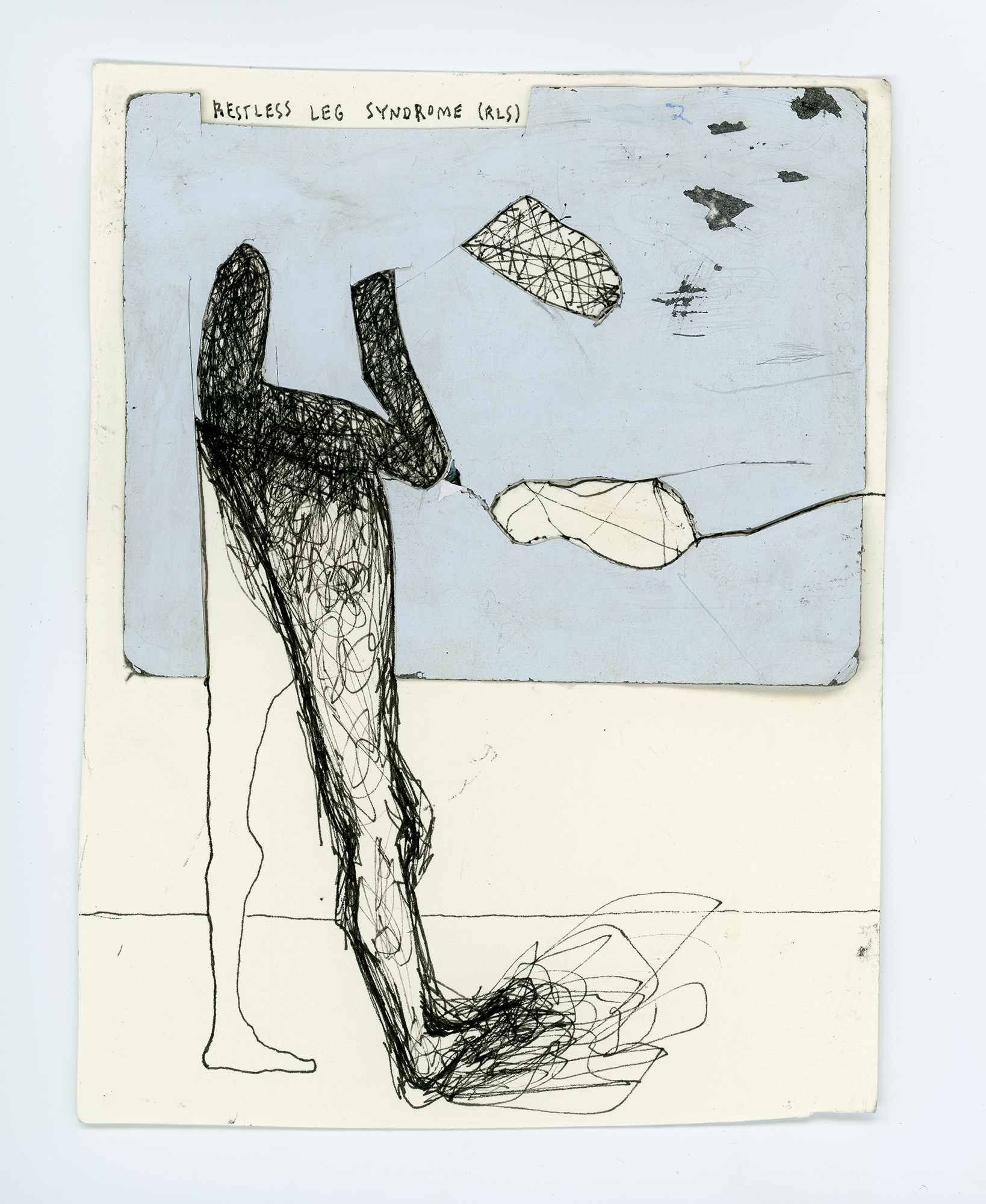
RLS, 2018
Polaroid and ink on paper, 7 x 5 inches
Natalia Almonte practices tradition and awareness of history as a method for protesting the current status of Puerto Rico as a politically unrecognized country. Almonte coined the term “melancolonia” to define colonialism as a state of being, manifesting on the body, psyche and land. Almonte makes site specific installations composed of video, sound, light, text, found objects, sculptures, and works on paper. By reconfiguring archival material, contemporary culture, and science, she emphasizes that despite being more than a century since the island became a US colony, it continues to encounter neglect.